class: center, middle, inverse, title-slide # War, Technology & Innovation ## War Either Side of the Great Transition ### Jack McDonald ### 2020-02-25 --- class: inverse # Lecture Outline .pull-left[ - Energy and The Periodisation Problem - _War Either Side of The Great Transition_ - Prime Movers and New Domains of Warfare - The Nuclear Complication - War in the Anthropo-whatnow? ] .pull-right[ - Characterising the Great Transition - Changes in the Conduct of War 1865-1935 - Prime Movers & Warfare What does a periodisation of war according to energy technologies add to our understanding of the relationship between war and technology? What does said periodisation fail to explain? ] ??? --- class: inverse # Small Group Discussion .large[What facts about energy transitions in Vaclav Smil's _Energy and Civilization_ have surprised you? Why?] ??? --- class: inverse # Characterising the Great Transition ??? --- # Energy Transitions .pull-left[ Coal reaches 5% of global market by 1840 Oil reaches 5% of global market by 1915 Natural gas reaches 5% of global market by 1930 ] .pull-right[ > Any realistic periodization of human energy use must take into account both the dominant fuels and the leading prime movers. Vaclav Smil, _Energy and Civilization_ - Animate/Inanimate fails to explain wind/water power in earlier societies - Renewable/non-renewable fails to explain non-renewable nature of biomass/agriculture ] ??? --- # Prime Movers .pull-left[ Animate power Renewable energy capture (sails, water turbines) Steam turbines Internal Combustion Engines Gas turbines ] .pull-right[ 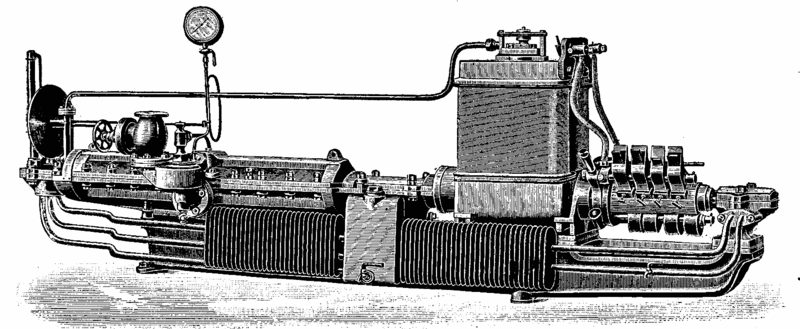 Charles Parsons develops steam turbines between 1884-1887 ] ??? --- # Electricity .pull-left[ Static transformation of natural resources Static generation of kinetic energy Mobile Generation of kinetic energy ] .pull-right[ Electricity Generation Chemical batteries Steady transformation of energy into electricity Re-chargeable batteries ] ??? --- # Social Change > the typical British worker in the mid nineteenth century was not a machine-operator in a factory but still a traditional craftsman or labourer or domestic servant. A.E. Musson, _The Growth of British Industry_ ??? --- # Social Continuity -- .pull-left[  ] -- .pull-right[ 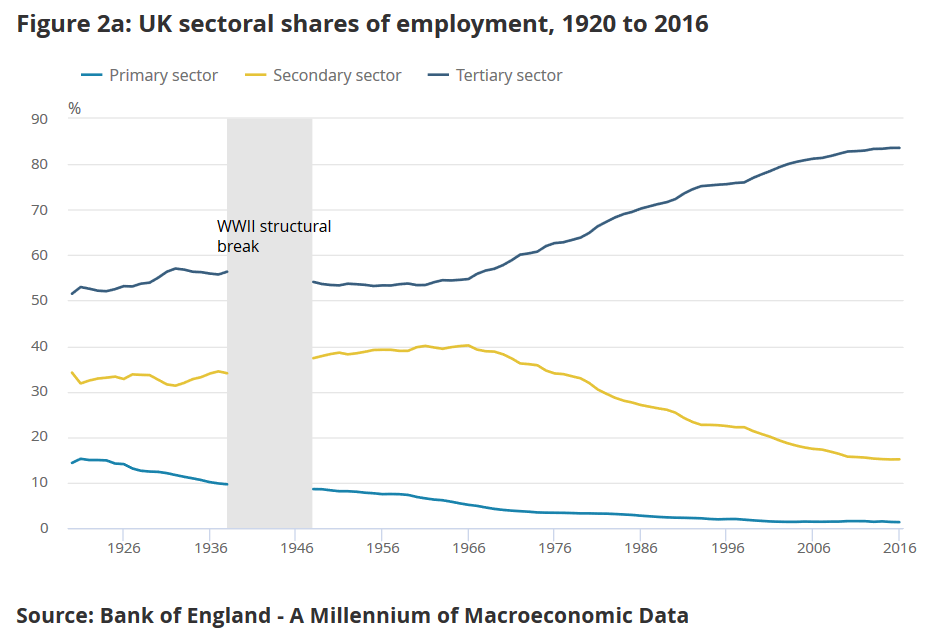 ] ??? --- class: inverse # Small Group Discussion .large[When did the internal combustion engine fundamentally alter the character of war?] ??? --- class: inverse # War Either Side of the Great Transition ??? --- # Energy Use .pull-left[ 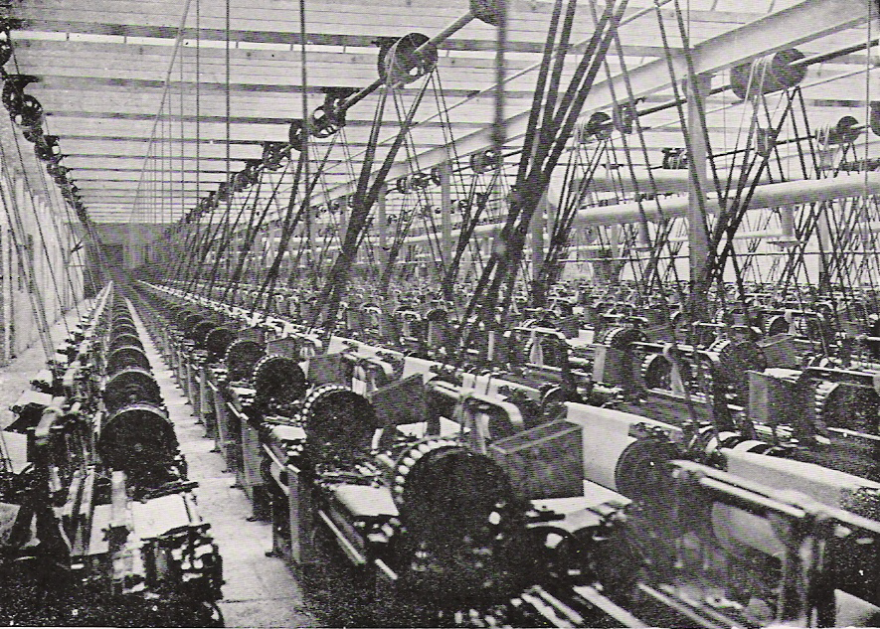 ] .pull-right[ 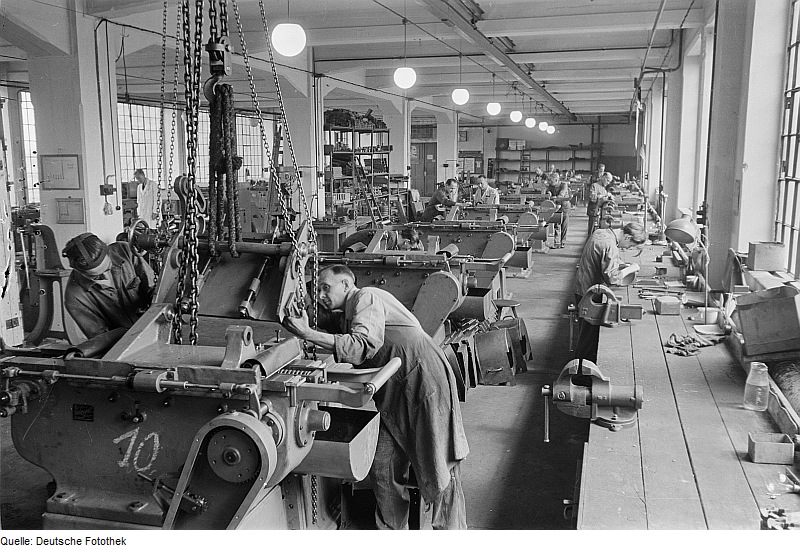 ] .medium[ - John A. Lynn: Discourse of war/reality of war - Wayne E. Lee: Capacity, calculation, and culture ] ??? --- # Mobilisation: People .pull-left[ American Civil War - First major battle (Bull Run) occurs 3 months after outbreak of war, with about 18k soldiers per side, out of 32k mobilised in each army Franco Prussian War - By same time, Prussians defeat French at Battle of Sedan, 200k troops on Prussian side, 130k on the French side, out of 1,000,000+ mobilisation on either side ] .pull-right[ World War 1 - First Battle of the Marne involves ~1,000,000 French and British troops fighting ~900,000 German troops World War 2 - In just over 30 days, 2,000,000 German & Soviet troops defeat Poland's 1,000,000 mobilised troops ] ??? --- # Mobilisation: Transport > Railways revolutionized supply, however, allowing year-round fighting, since there was no need to stay in winter quarters when food and fodder caught up by rail, tapping into base areas hundred of miles from forward military operations. -- > Since troops always arrived at predestined railheads, any opportunity for surprise was severely limited. -- > Prussia's sense of insecurity increased in proportion to the French Army's ability to moblize to the border by rail much faster than in the old days, moving by foot and horse. Cathal Nolan, _The Allure of Battle_ ??? --- # Mobilisation: Economic > Military elites did not work in close association with economic and political elites until the industrial stage. In the preindustrial period, no clear line separated the military from the civilian world. During the transitional stage, both the army and navy distanced themselves from civilians as they began to professionalize and to acquire separate identities. But in the industrial stage, military leaders out of necessity had to join their political and economic counterparts in order successfully to mobilize the economy for war. Paul A. C. Koistinen, _Mobilizing for Modern War_ ??? --- # Emergent Networks .pull-left[ 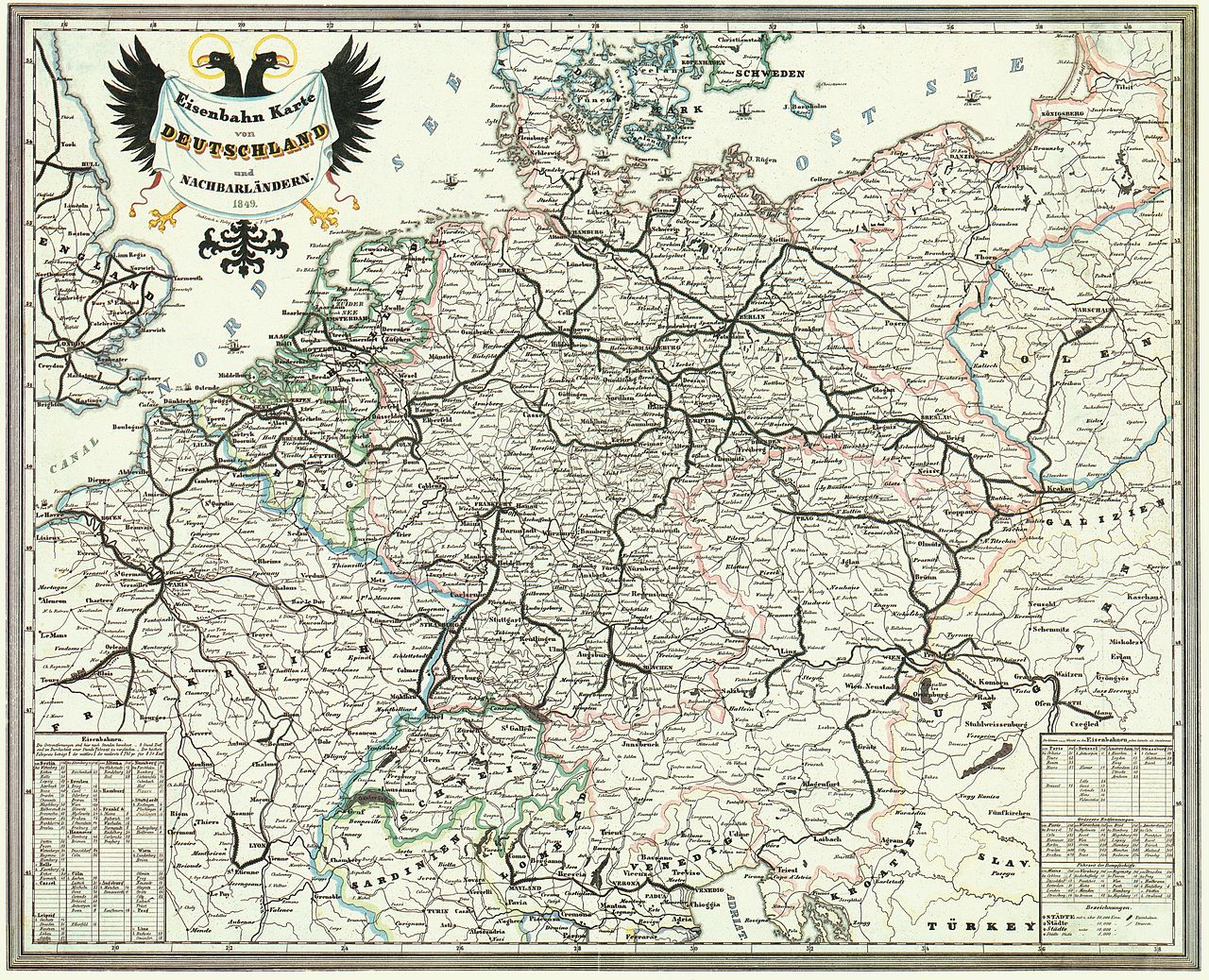 ] .pull-right[ 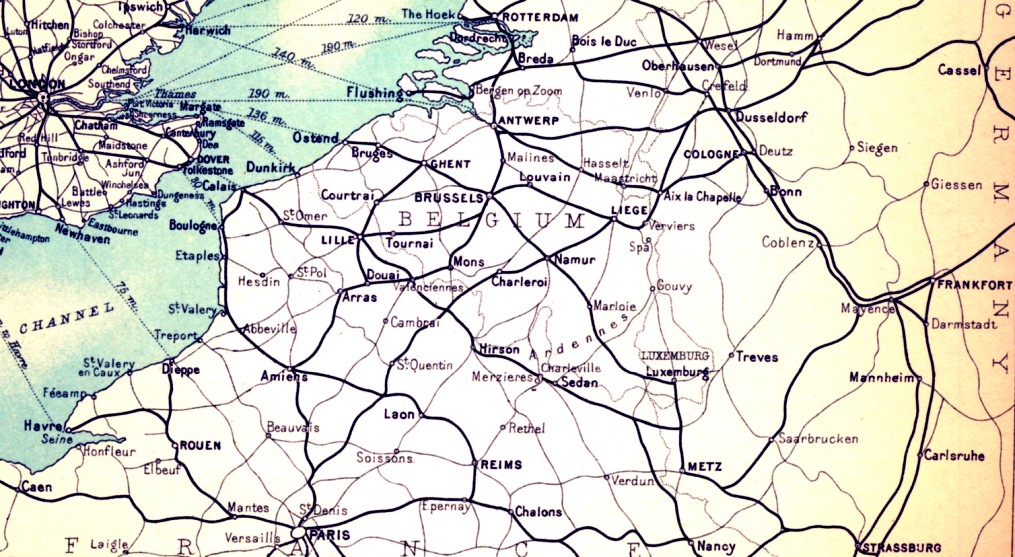 ] ??? --- class: inverse # The Explanatory Power of Energy Transitions ??? --- # Energy use .pull-left[ Last major wars of the "Wood Era" - The American Civil War - Austro Prussian War - Franco Prussian War WW2 as final major conflict of the Coal Era Korean War as the first major conflict of the Oil and Gas Era ] .pull-right[ 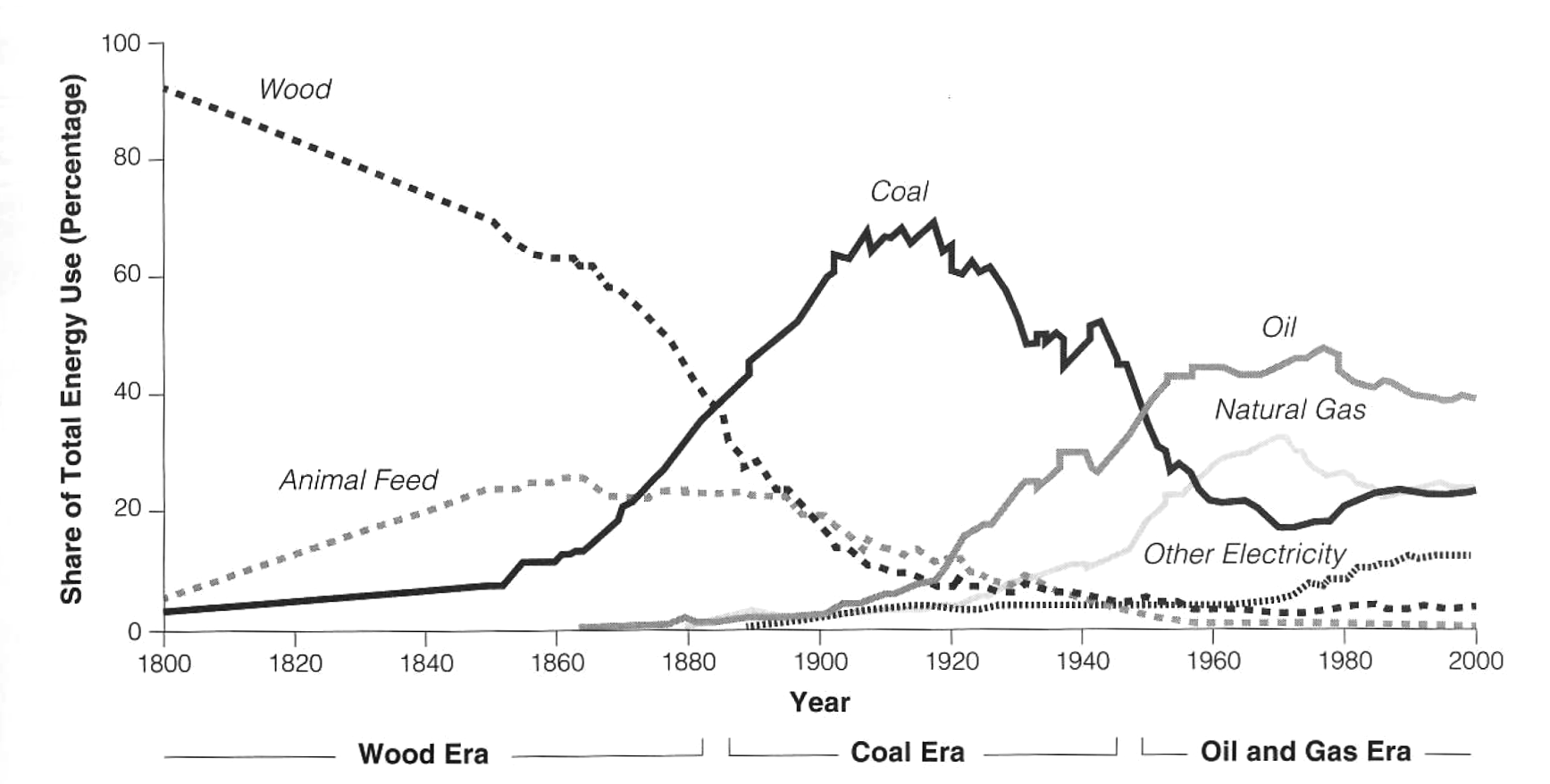 ] ??? --- # Non-Peer Competition .pull-left[ 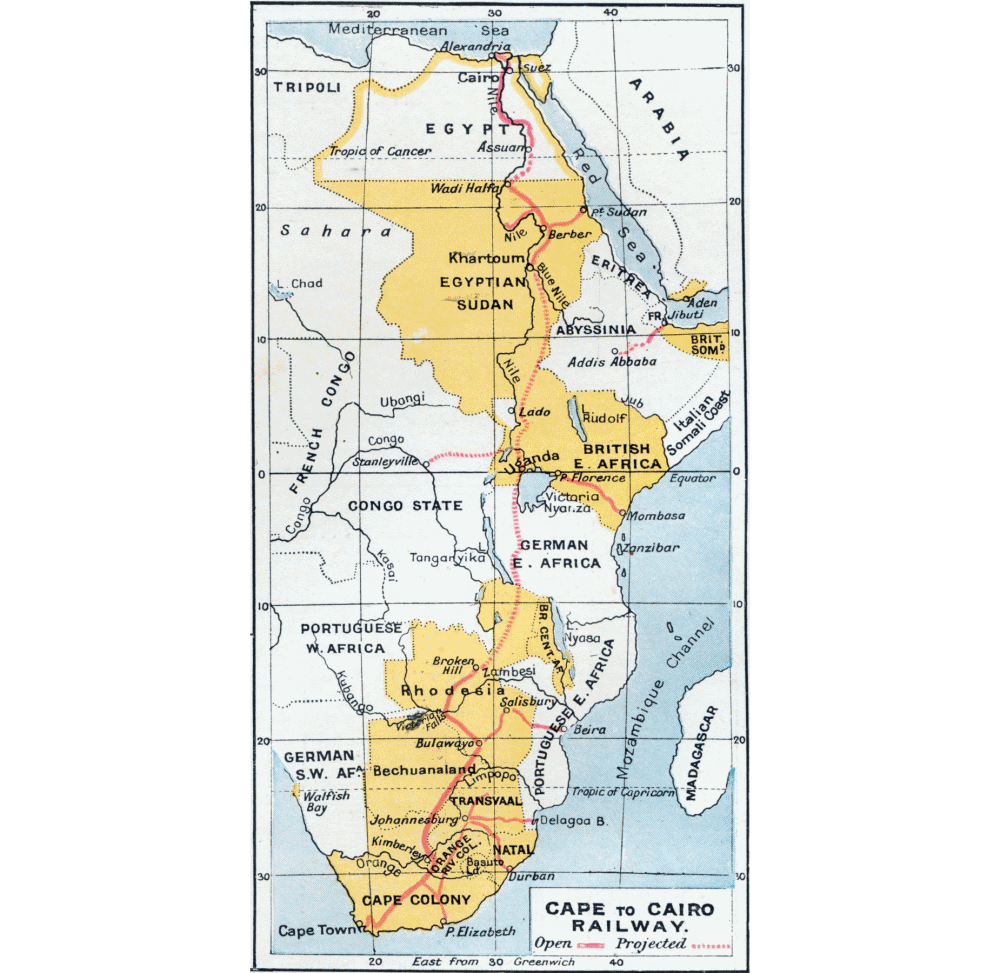 ] .pull-right[ 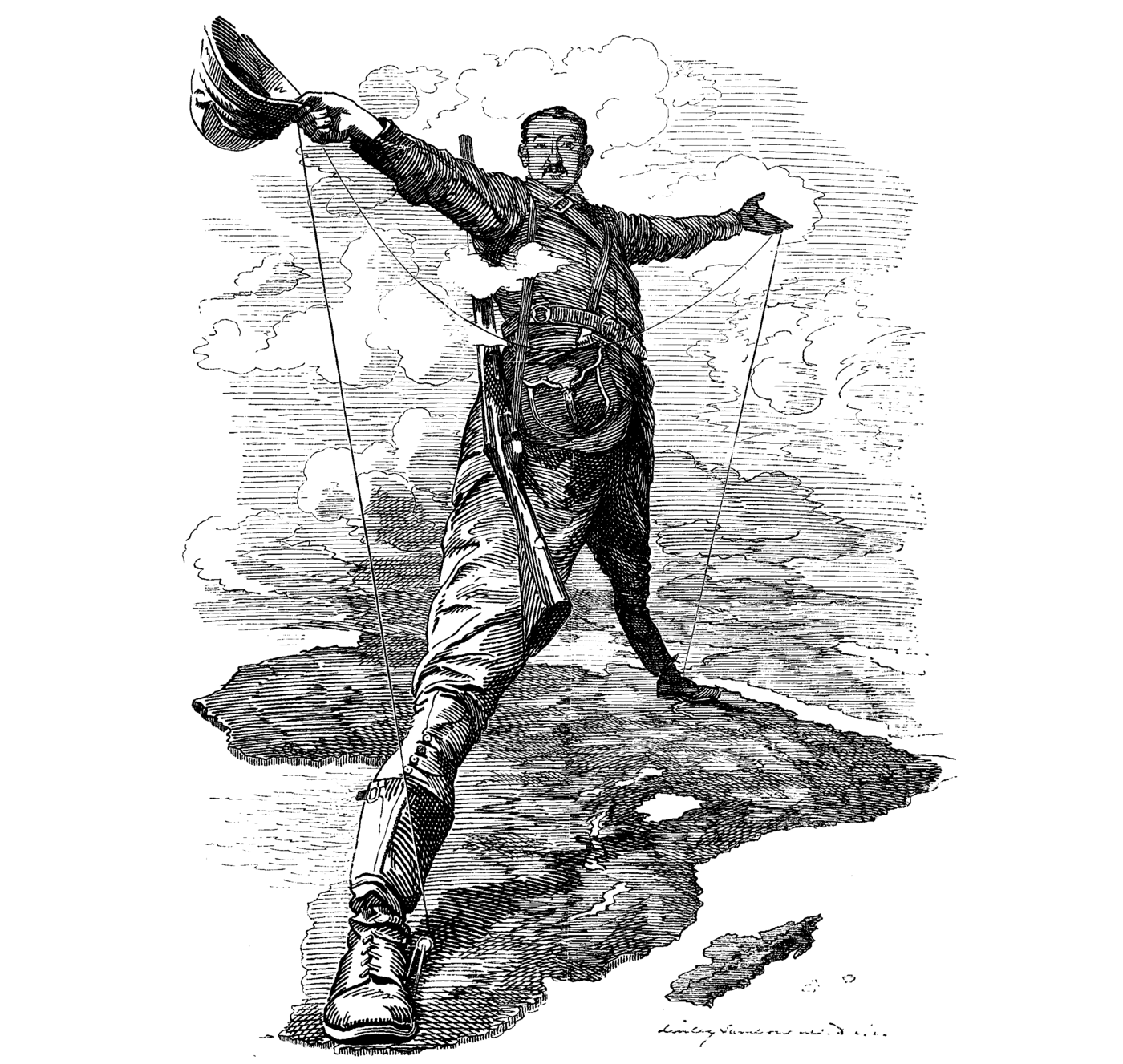 ] ??? --- # Strategy and Logistics Fuel/prime mover combination of coal and steam engines can explain key feature of industrial warfare - heavy asymmetry between speed of staging and forward operations Internal combustion engines provide a solution to this reverse salient ??? --- # Firearms Revolution Not Explained .pull-left[ 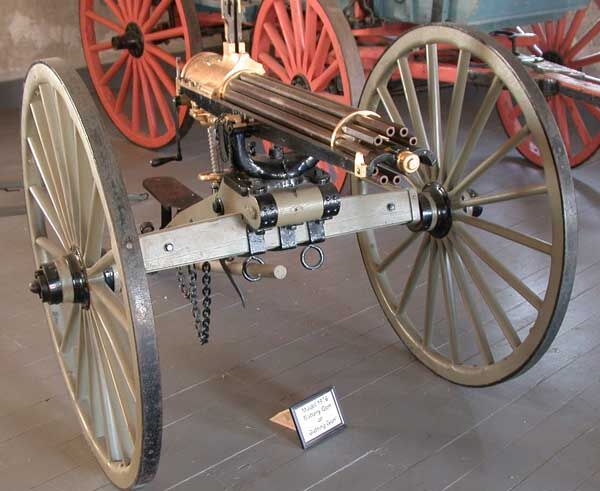 ] .pull-right[ 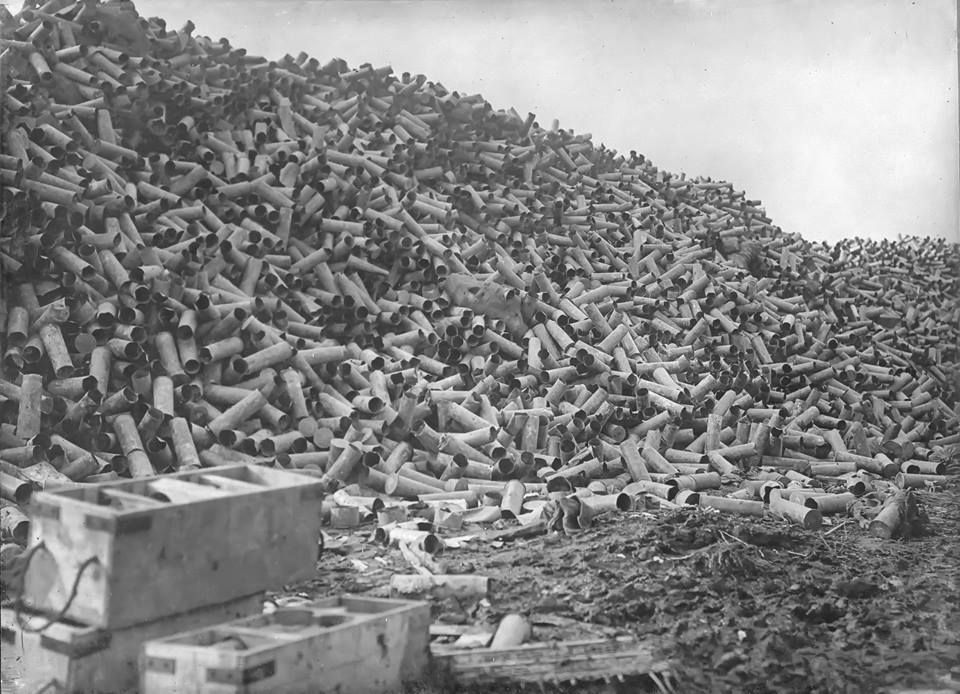 ] ???